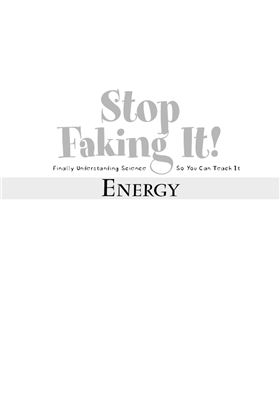National Science Teachers Association, Arlington, Virginia, 2002,
114 pages
Confounded by kinetic energy? Suspect that teaching about simple machines isn t really so simple? Exasperated by electricity? If you fear the study of energy is beyond you, this entertaining book will do more than introduce you to the topic. It will help you actually understand it. At the book s heart are easy-to-grasp explanations of energy basics work, kinetic energy, potential energy, and the transformation of energy and energy as it relates to simple machines, heat energy, temperature, and heat transfer. Irreverent author Bill Robertson suggests activities that bring the basic concepts of energy to life with common household objects. Each chapter ends with a summary and an applications section that uses practical examples such as roller coasters and home heating systems to explain energy transformations and convection cells. The final chapter brings together key concepts in an easy-to-grasp explanation of how electricity is generated. Energy is the second book in the Stop Faking It! series published by NSTA Press. Titles in the series are written with clarity, creative flair, and special empathy for science teachers and parents in search of a stress-free way to lea the basics.
Confounded by kinetic energy? Suspect that teaching about simple machines isn t really so simple? Exasperated by electricity? If you fear the study of energy is beyond you, this entertaining book will do more than introduce you to the topic. It will help you actually understand it. At the book s heart are easy-to-grasp explanations of energy basics work, kinetic energy, potential energy, and the transformation of energy and energy as it relates to simple machines, heat energy, temperature, and heat transfer. Irreverent author Bill Robertson suggests activities that bring the basic concepts of energy to life with common household objects. Each chapter ends with a summary and an applications section that uses practical examples such as roller coasters and home heating systems to explain energy transformations and convection cells. The final chapter brings together key concepts in an easy-to-grasp explanation of how electricity is generated. Energy is the second book in the Stop Faking It! series published by NSTA Press. Titles in the series are written with clarity, creative flair, and special empathy for science teachers and parents in search of a stress-free way to lea the basics.

